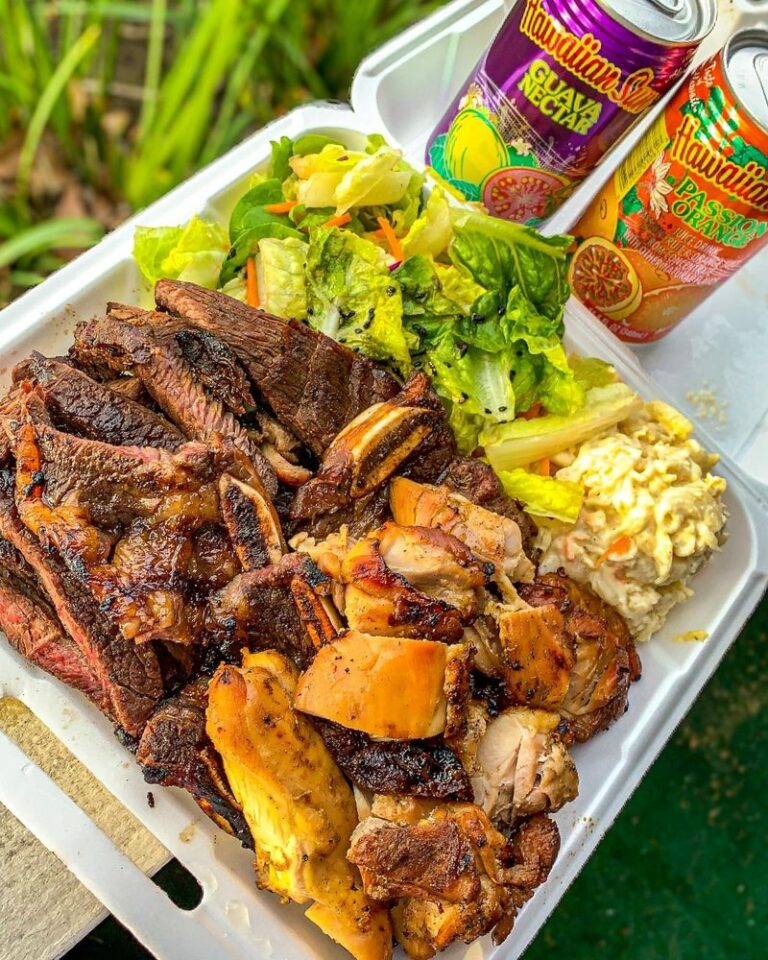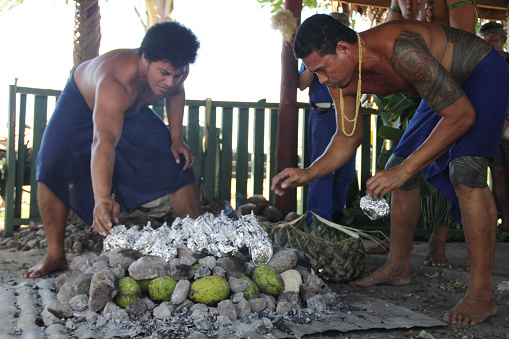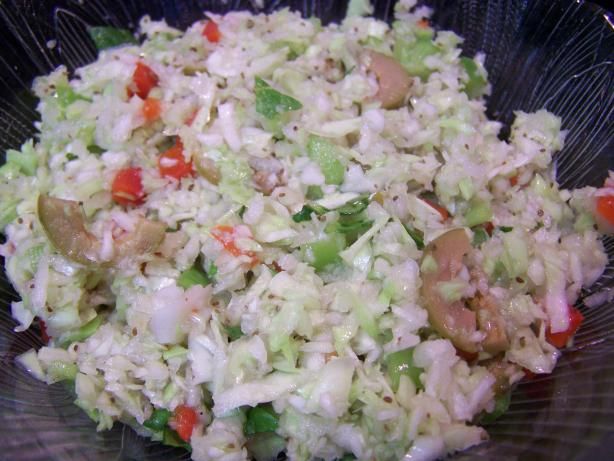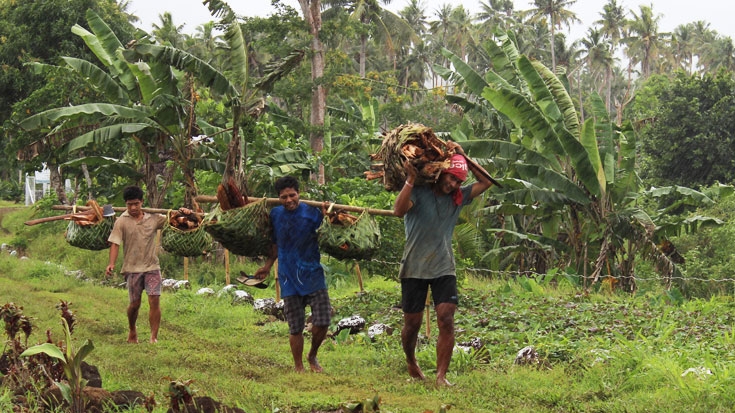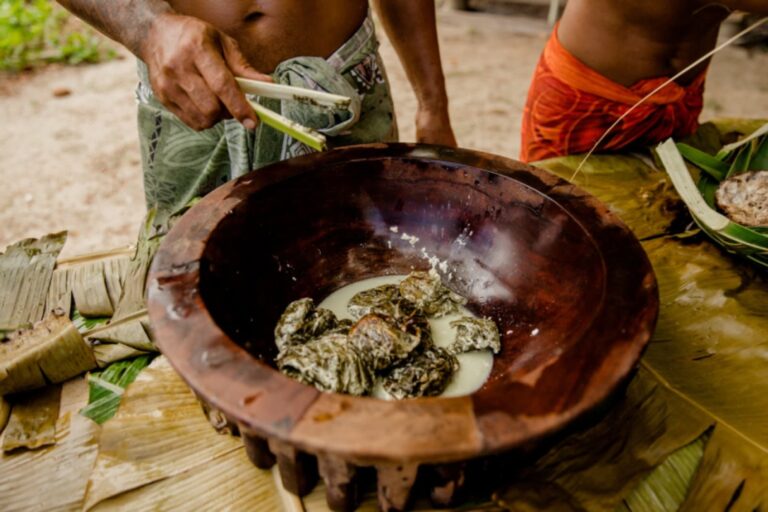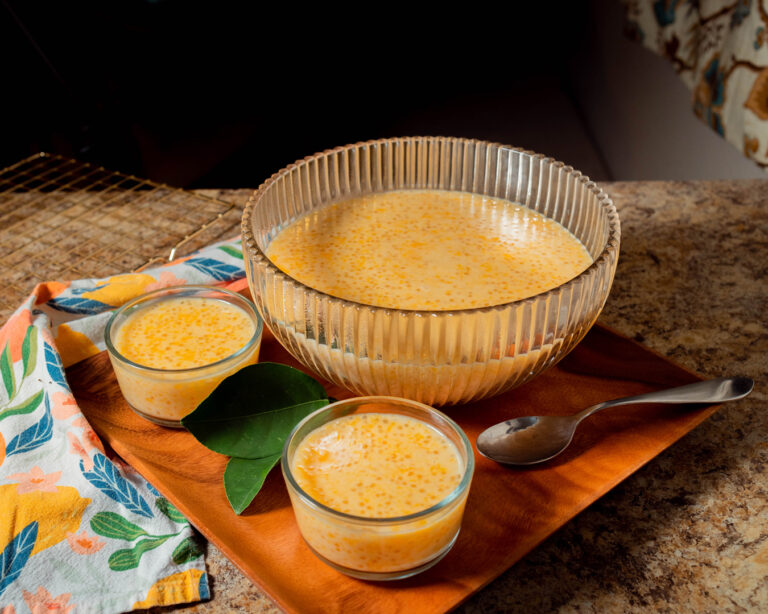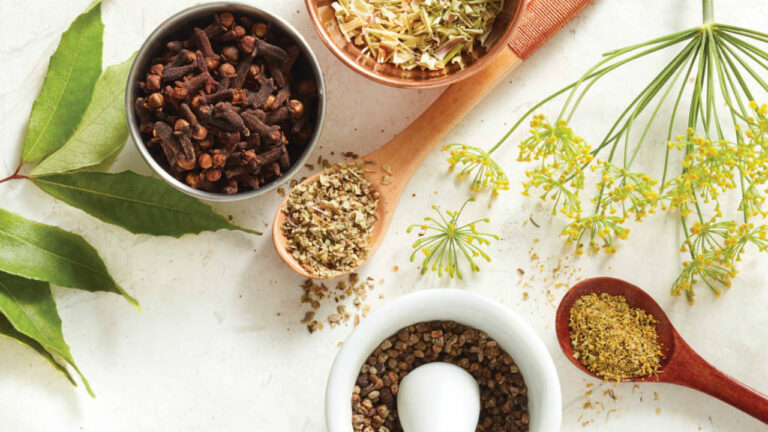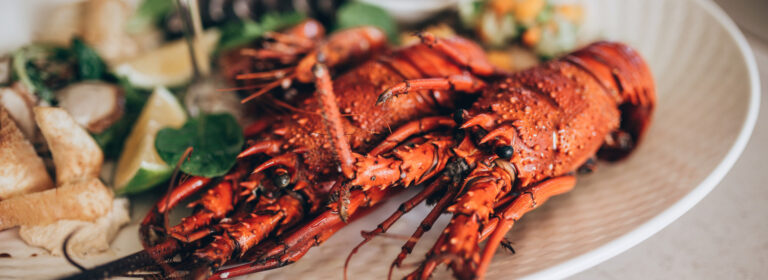Introduction: Exploring Samoan cuisine
Samoan cuisine is a beautiful fusion of traditional Polynesian and South-East Asian influences. With a bounty of fresh sea produce, tropical fruits, and vegetables, this cuisine is a true reflection of the Pacific way of life. The cuisine is known for its rich flavors, bold spices, and unique cooking techniques. It is primarily based on fresh and natural ingredients that are locally sourced, making it a healthy and wholesome cuisine.
Traditional ingredients in Samoan cooking
Samoan cuisine is heavily reliant on natural and regional ingredients, making it a healthy and balanced diet. Some of the traditional ingredients that are commonly used in Samoan cooking include coconut milk, taro, breadfruit, yams, cassava, and bananas. These ingredients are used in various forms, such as mashed, boiled, roasted, or steamed, according to the recipe requirements. Samoan cuisine is also known for its use of natural spices and seasonings, such as ginger, garlic, soy sauce, and hot peppers.
The role of taro in Samoan cuisine
Taro is considered to be the staple food of Samoan cuisine, and it is used in a variety of dishes. Taro is a root vegetable that is starchy and has a slightly sweet taste. It is usually cooked and mashed into a paste, which is known as “poi,” and is used as a side dish with many meals. Taro leaves are also used to make a dish called “Palusami,” which is a blend of taro leaves, coconut milk, and onions. Taro is also used in traditional desserts such as “Fa’ausi” and “Puligi.”
Popular Samoan dishes: What to try
There are many popular dishes in Samoan cuisine that are worth trying. One of the most famous dishes is “Oka,” which is a raw fish salad that is marinated in lime juice and coconut cream. Another popular dish is “Lu’au,” which is a dish made with taro leaves, coconut milk, onions, and corned beef. “Umu” is another popular dish that is cooked in an earth oven and is a mix of meats, fish, and vegetables. Samoan cuisine also has many delicious desserts such as “Pani Popo,” which is a sweet bread soaked in coconut milk, and “Fa’apapa,” which is a sweet coconut bread.
Samoan food culture and hospitality
Samoan food culture is centered around hospitality and sharing meals with family and friends. In Samoan culture, it is considered impolite to decline an offer of food, and guests are always welcomed with open arms. Meals are often served buffet-style, with a variety of dishes to choose from. Samoan cuisine is also an integral part of Samoan celebrations such as weddings, birthdays, and funerals.
Conclusion: Samoan cuisine, a taste of the Pacific
Samoan cuisine is a true reflection of the Pacific way of life, with its fresh and natural ingredients, bold flavors, and unique cooking techniques. The cuisine is centered around hospitality, and sharing meals with family and friends is an important part of Samoan culture. With its many delicious dishes, Samoan cuisine is definitely worth trying for anyone looking to explore the flavors of the Pacific.

